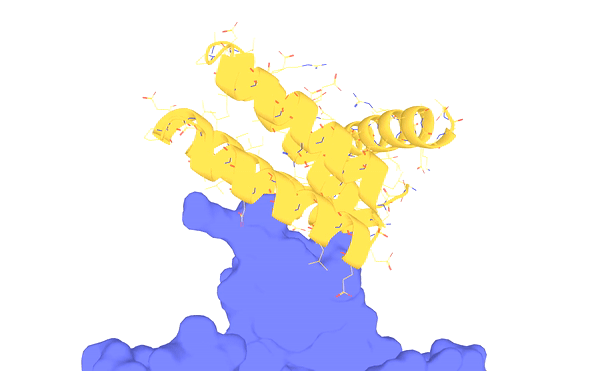Current Projects
Harnessing generative-AI to design novel proteins
Artificial Intelligence has brought a revolution to structural biology, first with the development of accurate tools for protein structure prediction like AlphaFold annd RoseTTAfold, and more recently with greatly improved accuracy and flexibility in computationally generating novel proteins, using tools like RFdiffusion, ProteinMPNN, and BindCraft. In this project, we are utilising and further developing these tools to generate new-to-nature proteins for use across diagnostics, medicine and biotechnology.
How do bacterial pathogens steal iron from their hosts?
Iron is an essential nutrient and bacterial pathogens must obtain it from their host during infection. Many of these pathogens engage in iron piracy, directly extracting iron and the iron-containing cofactor heme from host proteins. We are investigating how Gram-negative bacterial pathogens use specialised outer membrane transporters to engage in iron piracy from host proteins, including haemoglobin and transferrin. We are focusing on pathogens from the Haemophilus and Neisserial genera with the aim of developing antivirulence strategies that block iron piracy.
How do bacteria extract energy from air?
It has been recently discovered that bacteria from diverse environments can survive starvation by extracting energy directly from the air itself. The trace amounts of hydrogen, carbon monoxide CO and methane in the air are extracted and oxidised by specialised metalloenzymes to provide energy to the bacteria. To achieve this, these enzymes are among the most sensitive catalysts in existence. We study the structure and biochemistry of the Hydrogenases and Carbon Monoxide Dehydrogenases that mediate the oxidation of atmospheric gases. We aim to discover how evolution has shaped these enzymes to perform their extraordinarily difficult catalytic task and how the electrons they produced and utilised by the bacterial cell.
Developing Lectin-like Bacteriocins as next generation antibiotics
The resistance of bacterial pathogens to antibiotics is a growing crisis and novel strategies for treating bacterial infection are urgently required. Lectin-like bacteriocins are a family of antibacterial proteins that kill Gram-negative bacteria by interfering with the insertion of proteins into the outer membrane. These proteins have been shown to be effective in the treatment of bacterial infection in plants and animals, and have significant potential as next generation antimicrobials. In order to realise this potential we are working to understand the structural, biochemical and physiological basis for the potent activity of these antimicrobials. Additionally, we are building a diverse library of natural and engineered lectin-like bacteriocins as a tool kit for combating bacterial infection.
Research
The Grinter lab applies techniques from the modern biomolecular toolkit to investigate diverse aspects of bacterial physiology. If you have an interest in joining the lab and contributing to one of our projects please get in touch.



